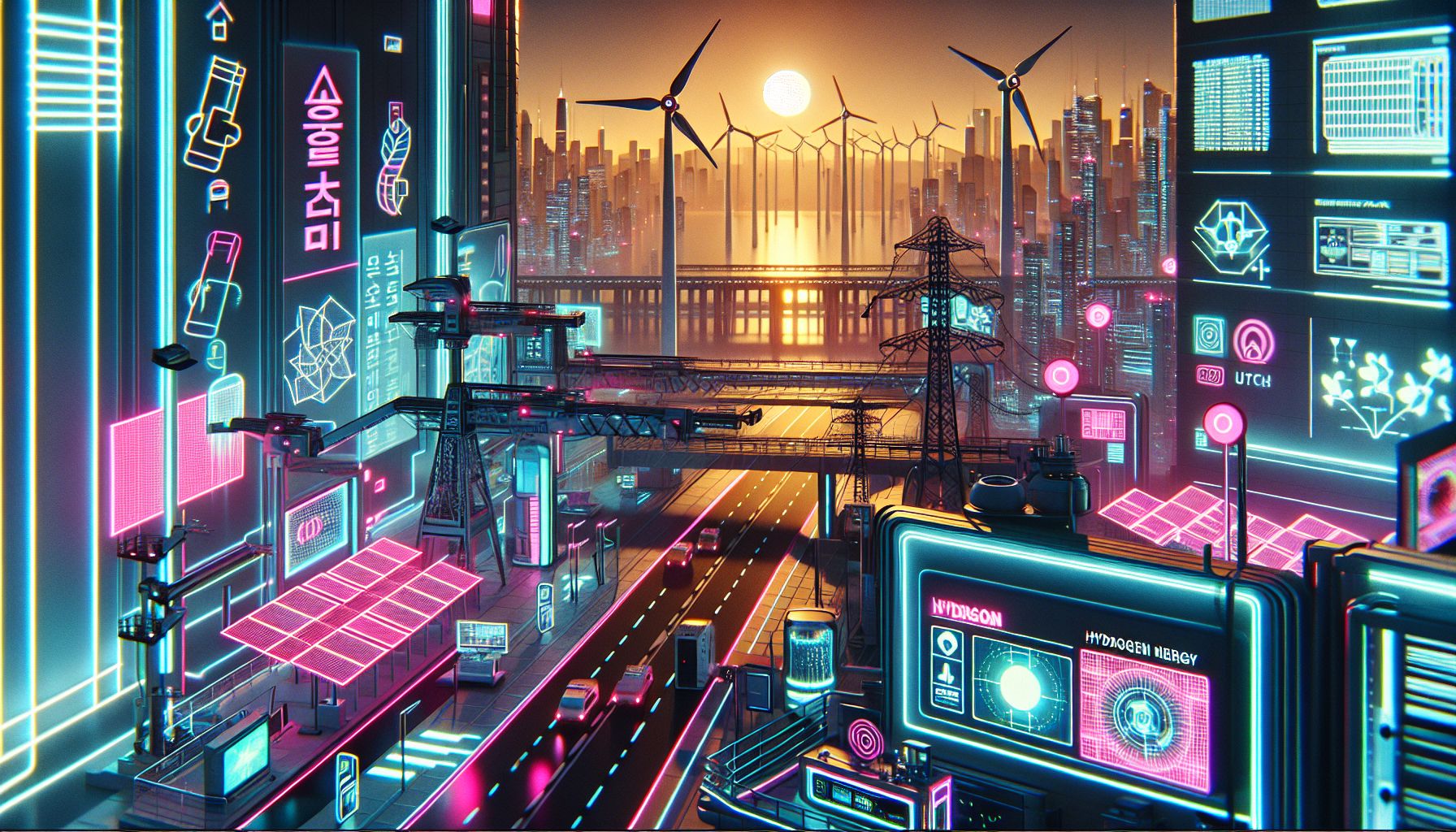South Korea's Hydrogen Revolution: Frontier Korea's Impact

Seoul, Tuesday, 28 October 2025.
Frontier Korea is supercharging South Korea’s clean energy move by boosting hydrogen production and cutting carbon footprints. It’s a big leap towards sustainability, showing off tech prowess and eco-friendliness.
Seongnam: The Heart of Hydrogen Innovation
In Seongnam, the Frontier Korea project is taking the lead in hydrogen production with its cutting-edge H2Gen® technology. This initiative, a collaborative venture between a U.S.-based utility company and the Seongnam Municipal Government, aims to generate hydrogen using biogas energy, setting the stage for a new era in clean energy. The project not only advances carbon neutrality but also enhances resource circulation and clean energy infrastructure, all while establishing Seongnam as a beacon of environmental, social, and governance (ESG) values [1][5].
Tech Magic in Hydrogen Production
The H2Gen® technology is quite the marvel, producing hydrogen with 99.995% purity without using electricity. Instead, it taps into biogas energy derived from anaerobic digestion. This tech trickery is expected to revolutionise hydrogen production, making it more sustainable and scalable under Korea’s stringent safety standards. It’s like giving hydrogen a magic carpet ride to the future of energy [1].
A Global Perspective on Clean Energy
Globally, companies like Bosch are also racing towards a carbon-neutral world by developing PEM electrolysis stacks for sustainable hydrogen production. Their modular designs cater to both small-scale and large industrial applications, showing that the hunger for clean hydrogen is not just Korea’s craving—it’s a global feast [2].
Partnerships Paving the Path
Partnerships are the secret sauce in this hydrogen recipe. The collaboration between the utility company and Seongnam City is a testament to how international cooperation can drive significant environmental change. As Parker Meeks, CEO of the utility company, points out, Korea’s leadership in decarbonisation makes it a strategic priority for such pioneering projects [1][5].
Looking Ahead: Challenges and Opportunities
As the Frontier Korea project progresses, it faces the dual challenge of meeting strict safety standards and scaling the technology for broader industrial adoption. Yet, the opportunity it presents is enormous, potentially making South Korea a global leader in hydrogen technology. This ambitious project aims to produce 6.5 million tonnes of hydrogen annually by 2040, a goal firmly set in the nation’s clean energy agenda [1][5][6].
Bronnen
- knowesg.com
- www.linkedin.com
- www2.arpel.org
- www.sciencedirect.com
- en.wikipedia.org
- finance.yahoo.com
- www.argusmedia.com